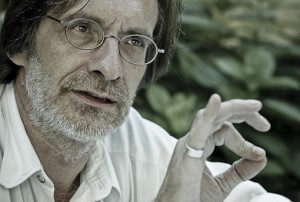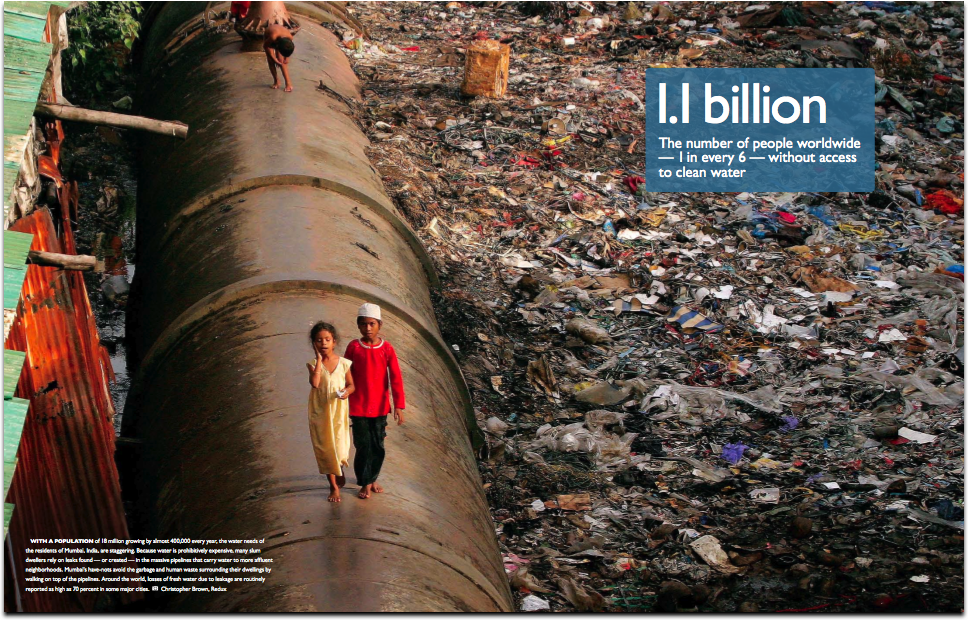Within photojournalism there is a code which consists of ethics and standards that the journalists are expected to respect and follow. This code had been broken by a photojournalist who had entered a piece of work into the ‘World Press Photo Contest’. Giovanni Troilo had entered a photograph and had misrepresented the location of the photo this caused an uproar with the photojournalist community as he categorised his photo as ‘reportage’. This then lead to another issue as he used a flash lighting with a remote control flash.
Who sets the boundaries of what defines photojournalism?
After this issue had occurred, it lead to a big panel meeting where they decided to re write the code of ethics in photojournalism. The festival director, Jean-François Leroy said he defined photojournalism as “witnessing the world.” Photograph’s today are easily manipulated and staged with the use of technology. However once a photograph has been manipulated it becomes art photography, not photojournalism.

Can photography change the world?
The debate of ‘Can photography change the world‘ is often discussed between different photographers. As some people believe that a photograph is able to change someones feelings and views on a subject. It is also thought that a visual image stays with someone for longer, rather than reading a paragraph about the subject. An example of this is the photograph of a pair of damaged lungs on a cigarette box. However some people believe that photography is unable to change the world, as a photograph is only there to provide information and to give the audience an insight into a subject.
This photograph could be seen, and make people understand the poverty in different countries and inspire them to participate in some charity events or donate money. Or it could be seen as an informative photograph, that is educating the viewer about the poverty and the amount of people in the world without access to clean water.
When technology makes it so easy to manipulate images, how much manipulation is acceptable?
In the NPPA code of ethics it is said that photojournalists should resist being manipulated by staged photographers as it is not reporting the exact truth. Therefore the photograph becomes art photography rather than photojournalism. There have been various occasions when a photojournalist is reporting about a subject and supplies a photograph about the subject, yet the photograph has been staged.
With viewers more sophisticated and skeptical than ever before, how can photojournalists preserve their integrity and maintain trust?
The public rely on photojournalists to report the honest truth to them about global issues and topic’s. It is expected for the journalists to tell the truth about what they are reporting. Because of previous innocents where the journalist has manipulated their stories by using staged photographs. A code of Ethics has been created, which contains rules such as ‘Be accurate and comprehensive in the representation of subject’ to help prevent inaccurate reporting.

